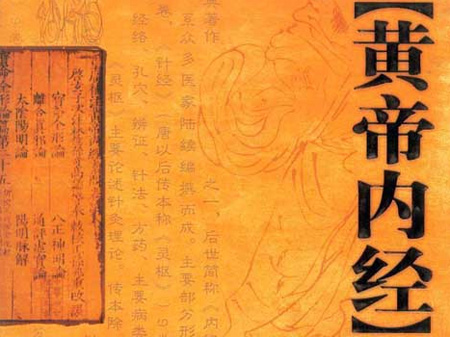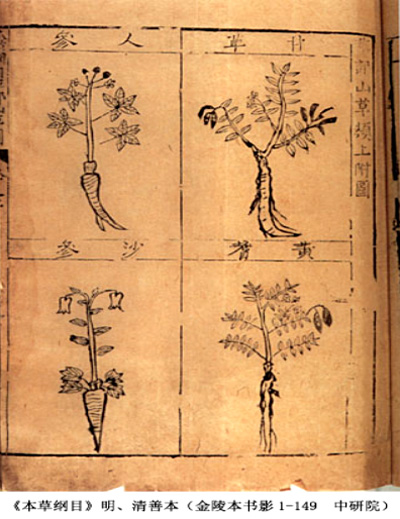Classic of the Yellow Emperor

The Medical Classic of the Yellow Emperor, also known as The Inner Canon of Huangdi or Yellow Emperor's Inner Canon, is an ancient Chinese medical text that has been treated as the fundamental doctrinal source for Chinese medicine for more than two millennia.It is comparable in importance to the Hippocratic Corpus in Greek medicine or the works of Galen in Islamic and medieval European medicine. The work is composed of two texts each of eighty-one chapters or treatises in a question-and-answer format between the mythical Huangdi (Yellow Emperor) and six of his equally legendary ministers.
Compiled roughly two thousand years ago, this great work formed the theoretical basis of TCM. As TCM's history developed over the millennia, nearly all significant medical works benefited from the enlightenment of this unparalleled book. Covering not only medicine but also philosophy, sociology, anthropology, military strategy, mathematics, astronomy, meteorology, ecology, The Medical Classic of the Yellow Emperor demonstrates that even in ancient times, people accomplished scientific achievements that are applicable, relevant, and innovative even in modern times. The world-famous medical masters and saints in the history of TCM such as Zhang Zhongjing, Hua Tuo, Sun Simiao and Li Shizhen, who lived hundreds to thousands years ago, are greatly enlightened by the academic thoughts of The Medical Classic of the Yellow Emperor. All of them researched into this great book deeply and mastered the essence of this book and thus became the most famous practitioners of TCM in Chinese history.
The first text, the Suwen, also known as Basic Questions, covers the
theoretical foundation of Chinese Medicine and its diagnostic methods. The
second and generally less referred-to text, the Lingshu, discusses acupuncture
therapy in great detail. Collectively, the two texts are known as the Neijing or
Huangdi Neijing. In practice, however, the title Neijing often refers only to
the more influential Suwen. Two other texts also carried the prefix Huangdi
neijing in their titles: the Mingtang and the Taisu , both of which have
survived only partially.
Ben Cao Gang Mu

The most well known Chinese herbal is the Ben Cao Gang Mu compiled by Li Shizhen in the later part of the 16th century (1590 AD). This work is considered the most extensive work on materia medica ever compiled by a single author. It took Li 38 years to complete. It was based on his own medical and herbal expenence and on data from earlier herbals, such as the well-known 11th-century herbal named Zheng Lei Ben Cao. Li's herbal describes 1892 drugs (with 1110 drawings), including 11,096 prescriptions, for treating hundreds of illnesses, ranging from the common cold to drunkenness and food poisoning (Chen 1982). The prescriptions in this herbal have recently been categorized and published as a separate volume, making the information much easier to access (Shaanxi 1983). Now a researcher no longer needs to laboriously search the original herbal to locate a treatment for a particular condition. All one has to do is to look up the index in the new book.
When the Ben Cao Gang Mu was introduced overseas in the 17th century, it was promptly translated into numerous languages, including Latin, French, German, English, Russian, Japanese and Korean, indicating its usefulness and importance in the field of materia medica.